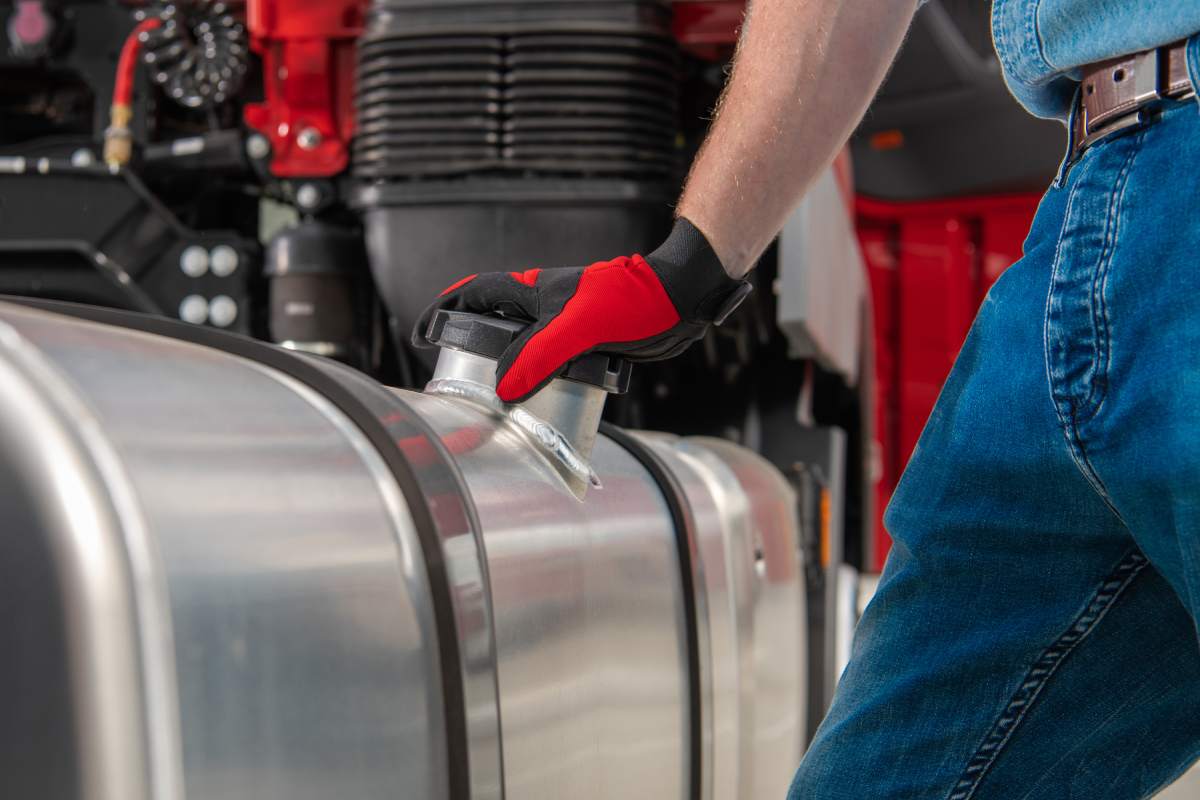AdBlue is a vital fluid for modern diesel engines, significantly reducing emissions to meet environmental standards. Its significance in Australia has increased as more vehicles and industries use it to adhere to strict emission norms.
However, it’s not without its drawbacks, such as costs, storage hurdles, and possible supply concerns. For those relying on diesel-powered vehicles in Australia, grasping the nuances of AdBlue’s cost and availability is crucial.
1. Additional Costs
- Purchase Costs: AdBlue is an added expense for diesel vehicle owners. The cost of purchasing and regularly refilling the fluid can add up, especially for commercial vehicles that consume large amounts.
- Maintenance Costs: If the AdBlue system malfunctions, repairs can be costly. Sensors, injectors, and the SCR system itself can require maintenance or replacement.
2. Risk of Running Out
- Vehicle Performance: If the AdBlue tank runs dry, most vehicles will enter a reduced power mode or may not start at all until it’s refilled. This can be inconvenient, especially if it happens in a remote area or during a long trip.
- Monitoring: Drivers must regularly monitor the AdBlue level and ensure it is topped up, adding another task to vehicle maintenance routines.
3. Storage and Handling Issues
- Storage Requirements: AdBlue must be stored in a cool, dry place. It degrades when exposed to high temperatures or direct sunlight, leading to a shorter shelf life. In freezing temperatures, AdBlue can crystallize and become unusable until thawed.
- Shelf Life: Even under ideal conditions, AdBlue has a limited shelf life of about a year. This means that long-term storage isn’t practical, especially for infrequent users.
4. Compatibility and Quality Concerns
- Vehicle Compatibility: Not all older diesel vehicles are equipped with SCR systems, so they can’t use AdBlue. Retrofitting these systems is expensive and may not be feasible.
- Quality Control: Low-quality or contaminated AdBlue can damage the SCR system. Users must ensure they purchase AdBlue that meets ISO 22241 standards. Using substandard products can lead to costly repairs and reduced efficiency.
5. Environmental Impact
- Production and Disposal: While AdBlue helps reduce NOx emissions, its production and disposal have environmental impacts. The manufacturing process requires energy and resources, and improper disposal of containers or spills can lead to environmental contamination.
- Ammonia Emissions: In some cases, incomplete reactions in the SCR system can result in ammonia slip, where small amounts of ammonia are released into the atmosphere, which can be harmful.
6. System Complexity
- Increased Complexity: The addition of an SCR system and AdBlue introduces more complexity to diesel engines. This can lead to more points of failure and potentially higher maintenance requirements.
- Driver Training: Users need to be aware of how to properly use and handle AdBlue, which can require additional training or education, particularly for commercial fleets.
7. Dependency on Infrastructure
- Refueling Network: The availability of AdBlue at refuelling stations can be limited, particularly in remote or rural areas. This can be a challenge for long-haul drivers or those in regions where AdBlue is not readily available.
8. Cold Weather Issues
- Freezing: AdBlue freezes at around -11°C (12°F), which can be a problem in colder climates. Vehicles need a system to heat the AdBlue tank and lines, which adds to the vehicle’s complexity and can be a point of failure.
Is AdBlue Expensive in Australia?
The cost of AdBlue in Australia can vary depending on several factors, including supply and demand, location, and where you purchase it. While AdBlue is not prohibitively expensive, it can be a significant recurring cost, especially for heavy users such as trucking companies or industries relying heavily on diesel vehicles.
Here’s an overview of the factors affecting the cost of AdBlue in Australia:
1. Price Per Liter
- Average Cost: As of recent data, the price of AdBlue in Australia typically ranges from AUD $1 to $2 per litre. However, prices can fluctuate depending on market conditions, such as shortages or increased demand.
- Bulk Purchases: Buying AdBlue in bulk, such as in large excavation companies for their excavators from EcoBlue can reduce the cost per litre. However, this also requires proper storage facilities.
2. Supply Chain and Availability
- Supply Chain Disruptions: Australia has experienced some supply chain issues in the past, particularly during global events like the COVID-19 pandemic. These disruptions can lead to temporary price increases or shortages, making AdBlue more expensive.
- Import Costs: Since AdBlue is often imported, fluctuations in global shipping costs, exchange rates, and international supply can affect its price in Australia.
3. Regional Variations
- Urban vs. Rural Areas: In major cities like Sydney or Melbourne, AdBlue is more readily available and competitively priced due to higher demand and more suppliers. In rural or remote areas, prices may be higher due to transportation costs and limited supply.
- Service Stations vs. Retailers: AdBlue can be purchased at service stations, auto parts stores, or online. Prices may vary depending on where you buy it, with some service stations charging more for convenience.
4. Demand
- Industry Use: In Australia, the agricultural, mining, and transport sectors use a significant amount of AdBlue, which can drive up demand and affect pricing, especially if there are supply constraints.
- Regulatory Pressure: As Australia continues to tighten emissions regulations, the demand for AdBlue is expected to rise, potentially impacting prices over time.
5. Impact of Recent Shortages
- 2021-2022 Shortage: During late 2021 and early 2022, Australia faced a significant shortage of AdBlue due to disruptions in the supply of urea, a key component of AdBlue. This shortage led to a sharp increase in prices, with some reports indicating that prices more than doubled during this period. While the situation has stabilized since then, it highlighted the vulnerability of the supply chain and how quickly prices can rise.
Conclusion
While AdBlue is a vital component for reducing emissions in diesel engines, its use in Australia comes with both benefits and challenges.
The fluid’s cost, though generally manageable, can fluctuate due to supply chain issues and regional variations. Additionally, the need for proper storage and handling adds another layer of complexity for users. Despite these drawbacks, the environmental advantages of AdBlue and the growing regulatory pressure make it an indispensable product.
For those relying on diesel vehicles, staying informed about AdBlue’s cost and ensuring a steady supply will be crucial to maintaining both compliance and operational efficiency.














